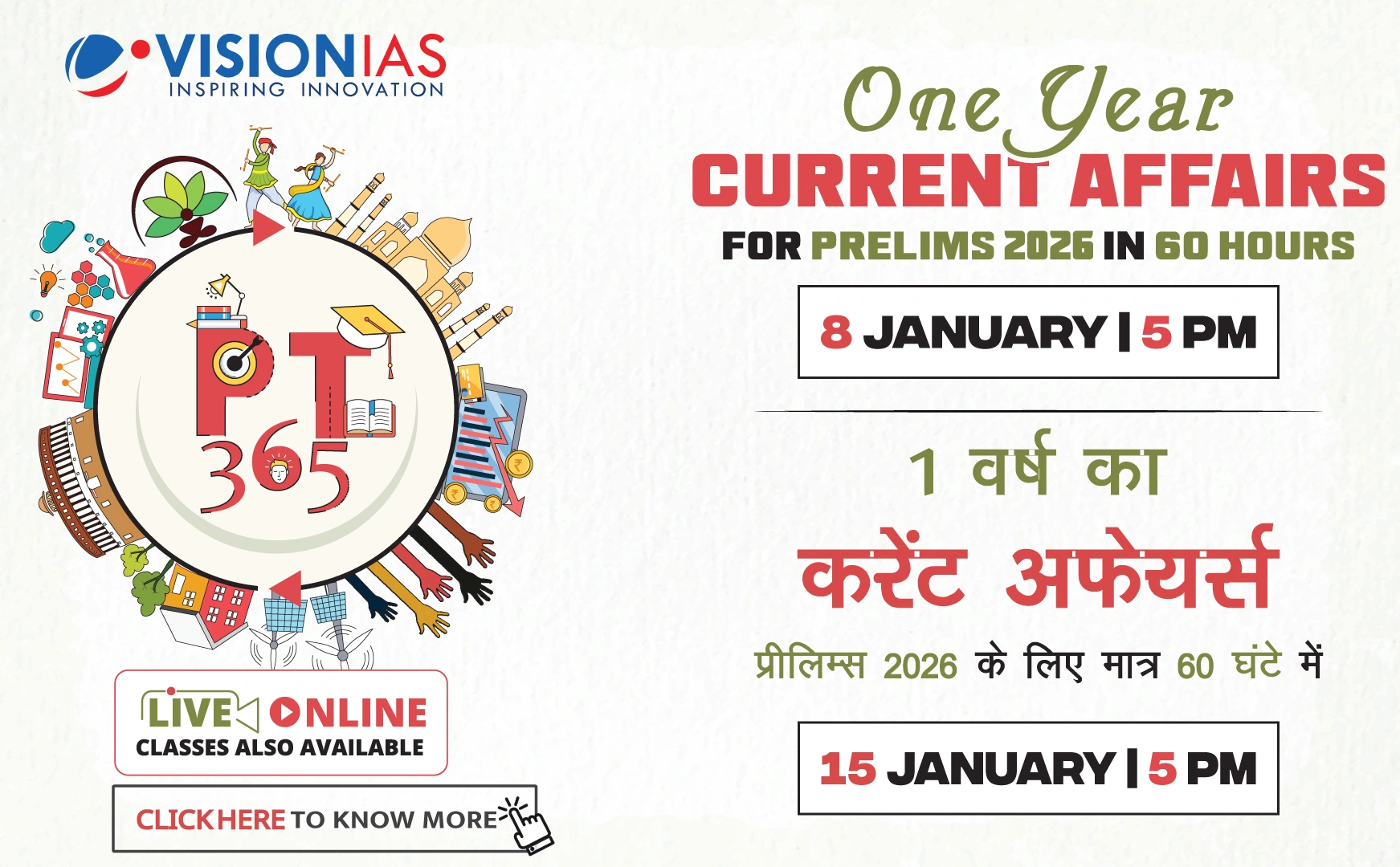Self-Sufficiency in Pulses: Challenges and Initiatives
Pulses are a major source of protein for most Indians, yet achieving self-sufficiency in their production remains elusive. Despite decades of efforts, the dependence on imports has increased, with imports rising from 2.6 million tonnes in 2020-21 to an estimated 7 million tonnes in 2024-25.
Historical Efforts Toward Aatmanirbharta
- Efforts began with the all-India coordinated research project on pulses in 1966.
- Several programs were launched over the decades:
- Pulses Development Scheme (1969-74)
- Food Grain Production Programme on Pulses (1985-90)
- Technology Mission on Pulses, Oilseeds and Maize (1990s)
- Integrated Scheme on Oilseeds, Pulses and Maize (2004-10)
- National Food Security Mission for Pulses (2007-12)
- Accelerated Pulses Production Programme (2010-14)
Most of these programs followed similar strategies, resulting in limited success. The average yield of pulses remains at 0.74 tonnes per hectare, below the global average of 0.97 tonnes.
Current Challenges
- The per capita availability of pulses has declined from 54.4 gm per day in 2017 to 43.6 gm currently, against the recommended intake of 85 gm per day by the National Institute of Nutrition.
- The net area under pulses cultivation has reduced from 31 million hectares in 2021-22 to 27.5 million hectares in 2024-25.
- Production has decreased from 27.3 million tonnes to 25.2 million tonnes in the same period.
New Initiatives
The ₹11,440 crore Mission for Aatmanirbharta in Pulses (Dalhan Aatmanirbharta Mission) was announced, targeting self-reliance by December 2027 through strategies like increasing acreage, mixed farming, and assured marketing at minimum support prices. However, the approach remains similar to past strategies.
Economic Considerations
The cultivation of pulses is less lucrative compared to other crops, leading to their growth on marginalized lands. Addressing the economic viability of pulses farming is crucial for sustainable production increases.



